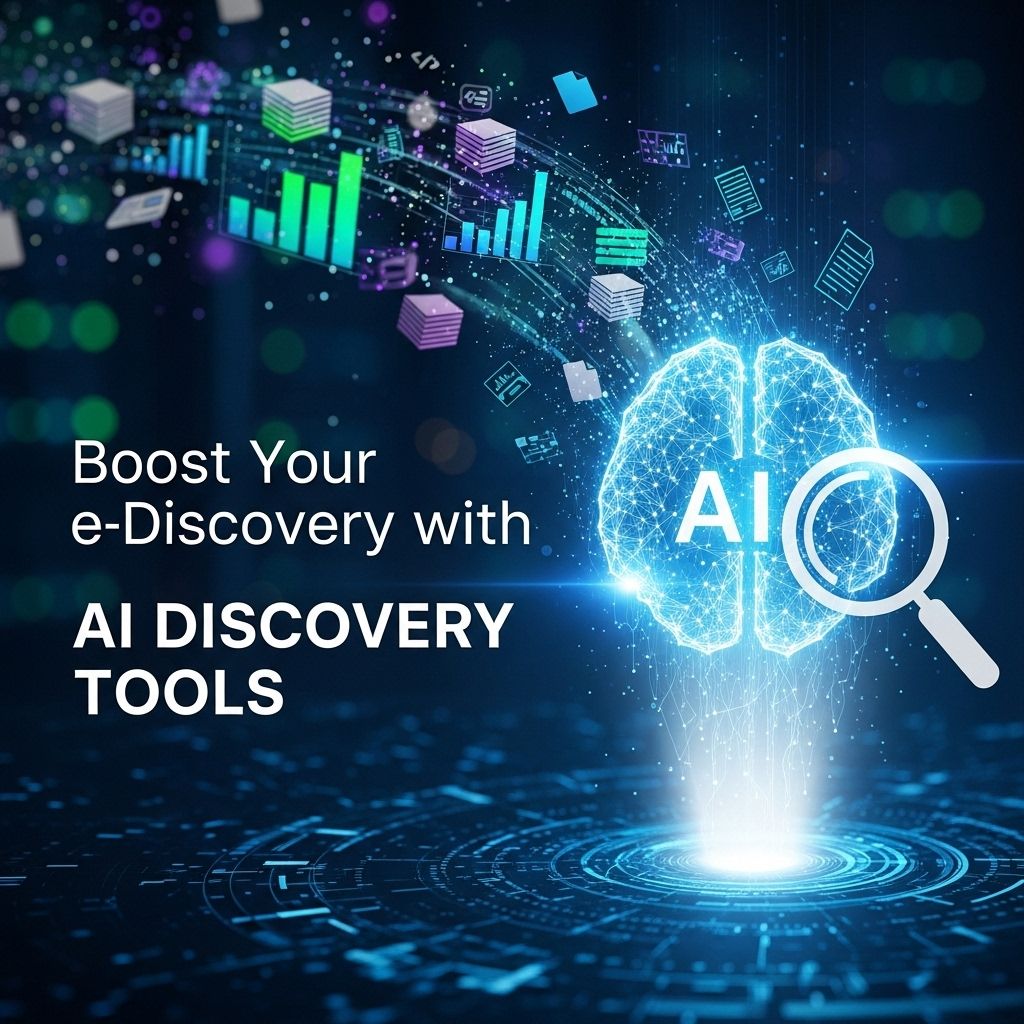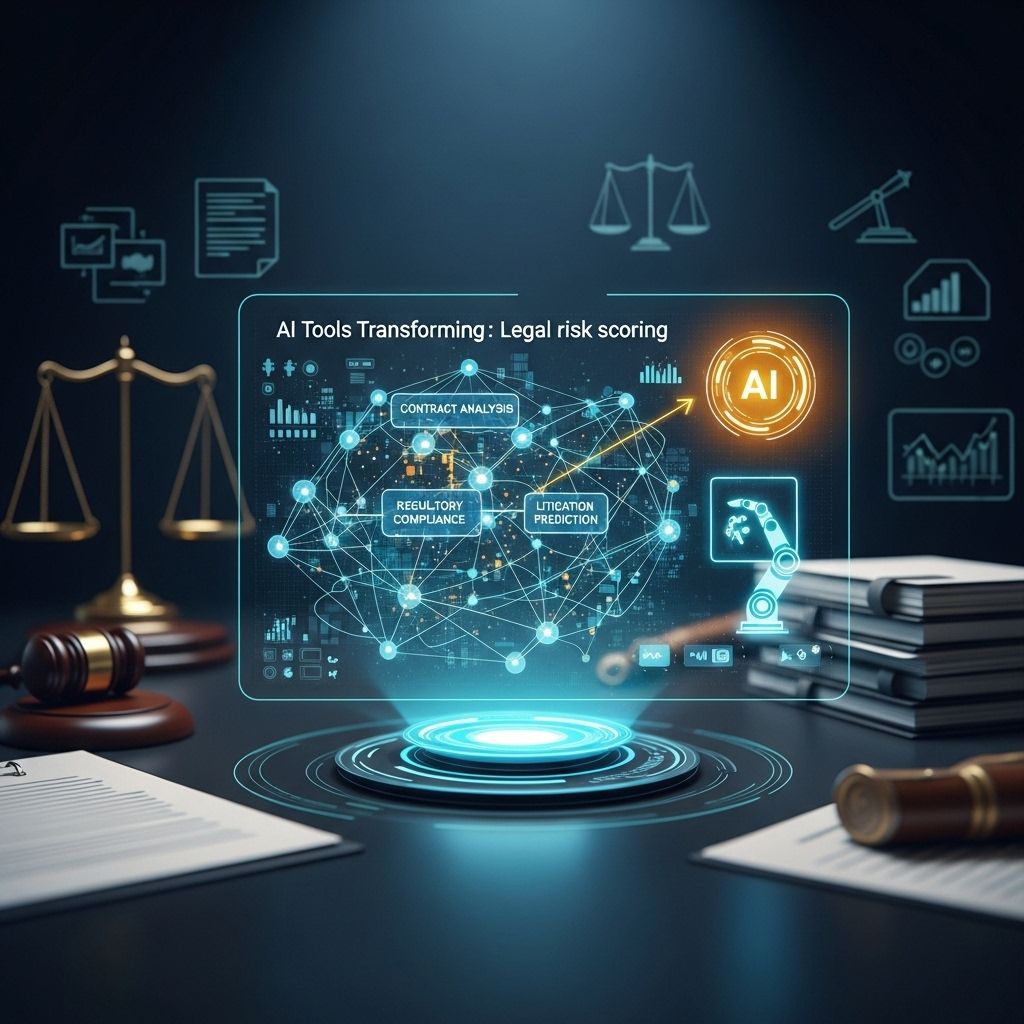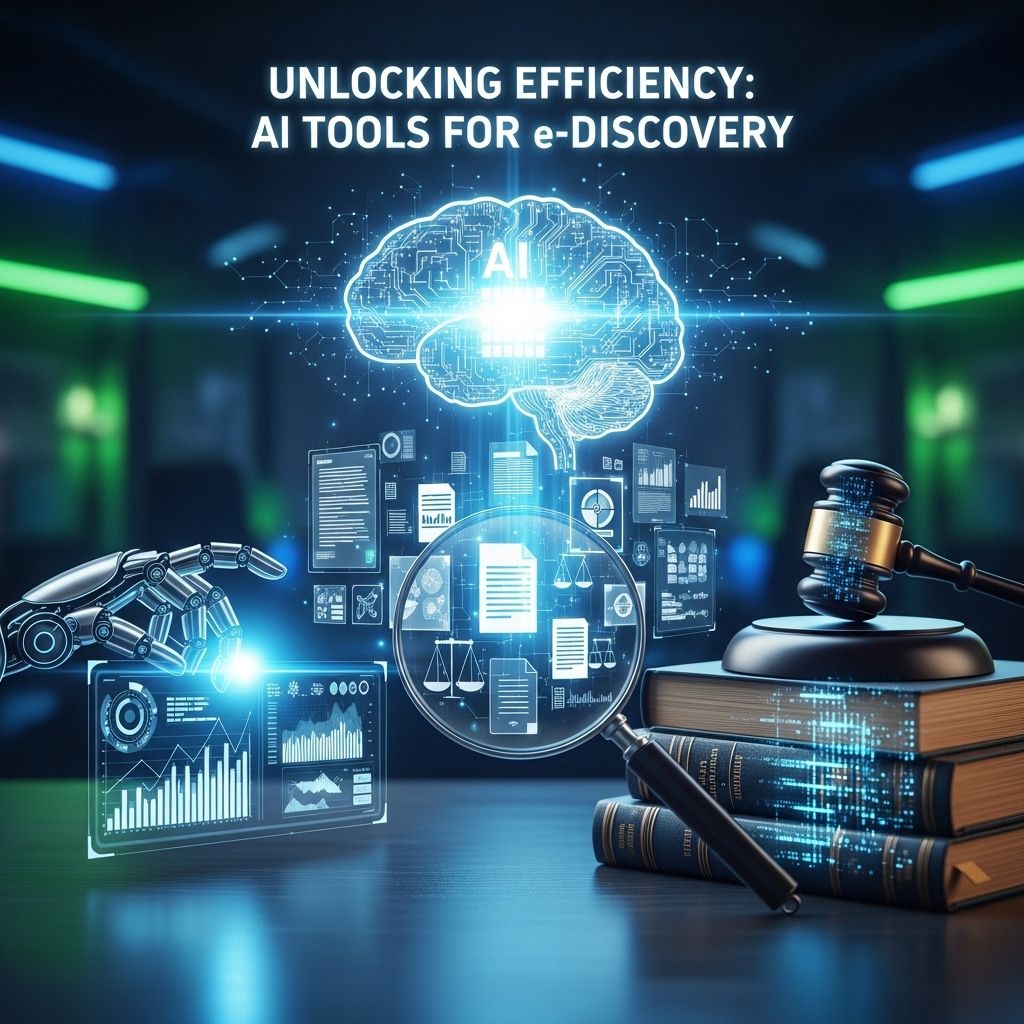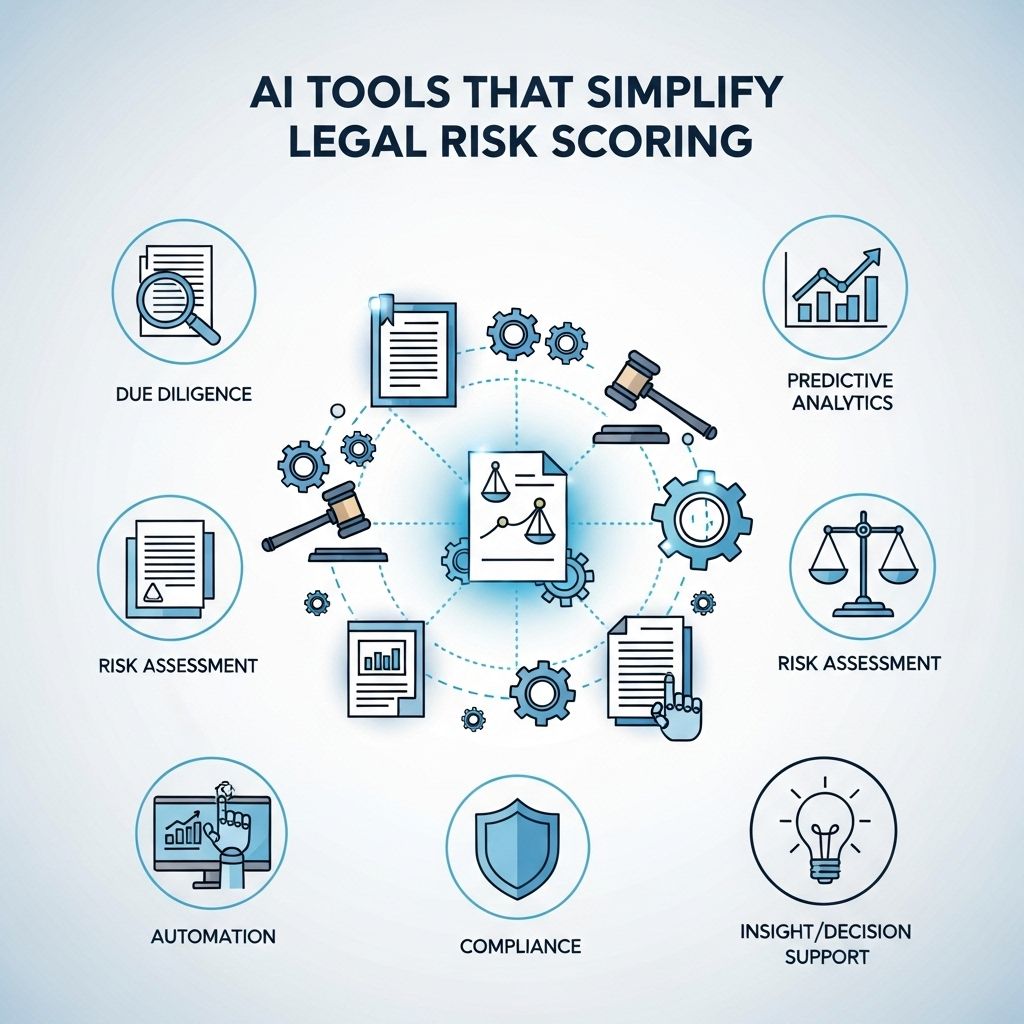Boost Your e-Discovery with AI Tools
Explore how AI discovery tools can enhance your e-discovery process, improve efficiency, and save costs in legal investigations.

In today’s digital age, the amount of data generated is increasing exponentially. This has created a pressing need for efficient and effective e-Discovery processes, especially in the realms of legal and corporate sectors. Traditional methods of e-Discovery often fall short, leading to high costs and extended timelines. However, the integration of AI discovery tools is revolutionizing how organizations approach the e-Discovery process, offering enhanced speed, accuracy, and efficiency. This article delves into the transformative power of AI in e-Discovery and how organizations can leverage these tools for optimal results.
Table of Contents
The Evolution of e-Discovery
e-Discovery, or electronic discovery, refers to the process of collecting, reviewing, and producing electronic information in response to a legal request. Its roots can be traced back to the early days of information technology, but the significant evolution occurred with the advent of the internet and digital communication.
Key Milestones in e-Discovery
- Early 2000s: The introduction of email and digital document management systems.
- 2006: The Federal Rules of Civil Procedure were amended to include electronically stored information (ESI).
- 2010s: Emergence of specialized e-Discovery software solutions.
- Present: Increasing reliance on AI and machine learning to enhance the e-Discovery process.
The Role of Artificial Intelligence in e-Discovery
AI discovery tools are designed to automate and streamline the e-Discovery process. These tools employ advanced algorithms and machine learning techniques to handle vast amounts of data quickly and accurately. Here are key ways in which AI is reshaping e-Discovery:
1. Data Collection
AI tools can rapidly gather data from various sources, including:
- Email systems
- Cloud storage
- Social media platforms
- Document repositories
This efficiency reduces the manual labor involved in data collection, allowing legal teams to concentrate on more strategic tasks.
2. Data Processing
Once data is collected, it needs to be processed for relevance and privilege. AI helps by:
- Automatically categorizing documents based on predefined criteria.
- Identifying duplicates to reduce the volume of data to review.
- Utilizing natural language processing (NLP) to understand context and meaning.
3. Predictive Coding
Predictive coding is a revolutionary AI-driven approach that uses machine learning to identify relevant documents based on previous examples. The process involves:
- Lawyers review a small sample of documents and classify them as relevant or irrelevant.
- The AI system learns from this classification and applies it to the entire dataset.
- The system continuously refines its predictions based on ongoing feedback.
Benefits of AI Discovery Tools
The integration of AI in e-Discovery offers numerous benefits that can significantly enhance the overall process:
1. Cost Reduction
By automating data collection and processing, organizations can drastically reduce the hours billed by legal professionals, leading to significant cost savings.
2. Improved Accuracy
AI tools minimize human error and enhance accuracy by relying on data-driven analyses rather than subjective judgment.
3. Speed
With AI capabilities, the time taken to complete e-Discovery processes is significantly reduced, enabling quicker case resolutions.
4. Scalability
The ability to manage large datasets with ease allows organizations to scale their e-Discovery efforts as needed, accommodating cases of any size.
Challenges of Implementing AI in e-Discovery
Despite the many advantages, there are challenges associated with implementing AI tools in e-Discovery:
1. Data Privacy Concerns
The collection and processing of sensitive data require strict adherence to privacy regulations, which can complicate AI implementations.
2. Training and Expertise
Legal professionals need training to effectively utilize AI tools, which can be a significant investment in time and resources.
3. Dependence on Quality Data
The effectiveness of AI algorithms largely depends on the quality and comprehensiveness of the data being analyzed.
Case Study: Successful Implementation of AI in e-Discovery
To illustrate the power of AI in e-Discovery, consider the case of a multinational corporation involved in a complex litigation matter. Facing millions of documents across multiple jurisdictions, the company decided to implement AI-powered e-Discovery tools.
Process Overview:
- Initial data collection identified over 5 million documents.
- AI tools were employed to reduce the dataset by 70% through deduplication and relevance filtering.
- Predictive coding was used, allowing legal teams to focus on reviewing only the most pertinent documents.
- The entire e-Discovery process was completed in less than half the expected time and at a fraction of the projected cost.
The Future of e-Discovery with AI
The future of e-Discovery is undoubtedly intertwined with advancements in AI technology. As AI continues to evolve, we can expect:
- Increased integration of AI in various legal workflows.
- Enhanced capabilities in natural language processing and machine learning.
- Greater focus on ethical considerations surrounding AI in legal contexts.
Organizations must stay ahead of the curve by embracing AI tools and continuously adapting to the changing technological landscape.
Conclusion
AI discovery tools are no longer just an option but a necessity in the modern e-Discovery landscape. By harnessing the power of AI, organizations can enhance their efficiency, reduce costs, and improve the accuracy of their legal processes. As the technology continues to evolve, staying informed and adapting to these changes will be crucial for success in e-Discovery.
FAQ
What are AI discovery tools in e-Discovery?
AI discovery tools are advanced software solutions that utilize artificial intelligence to automate the process of identifying, collecting, and analyzing electronic data during legal investigations.
How do AI discovery tools improve the e-Discovery process?
AI discovery tools enhance the e-Discovery process by increasing efficiency, reducing manual labor, and improving accuracy in data sorting and relevance identification.
What features should I look for in AI discovery tools?
Key features to look for include machine learning capabilities, natural language processing, data visualization, and robust analytics to effectively manage and analyze large datasets.
Can AI discovery tools help with compliance and risk management?
Yes, AI discovery tools can assist with compliance and risk management by ensuring that relevant data is accurately identified and preserved, thus reducing the risk of legal penalties.
Are AI discovery tools suitable for small firms or only large corporations?
AI discovery tools are suitable for firms of all sizes, as they can scale to meet the needs of small firms while providing cost-effective solutions for managing e-Discovery.
What is the future of AI in e-Discovery?
The future of AI in e-Discovery looks promising, with continuous advancements in technology likely to further streamline processes, enhance predictive analytics, and improve overall legal outcomes.








